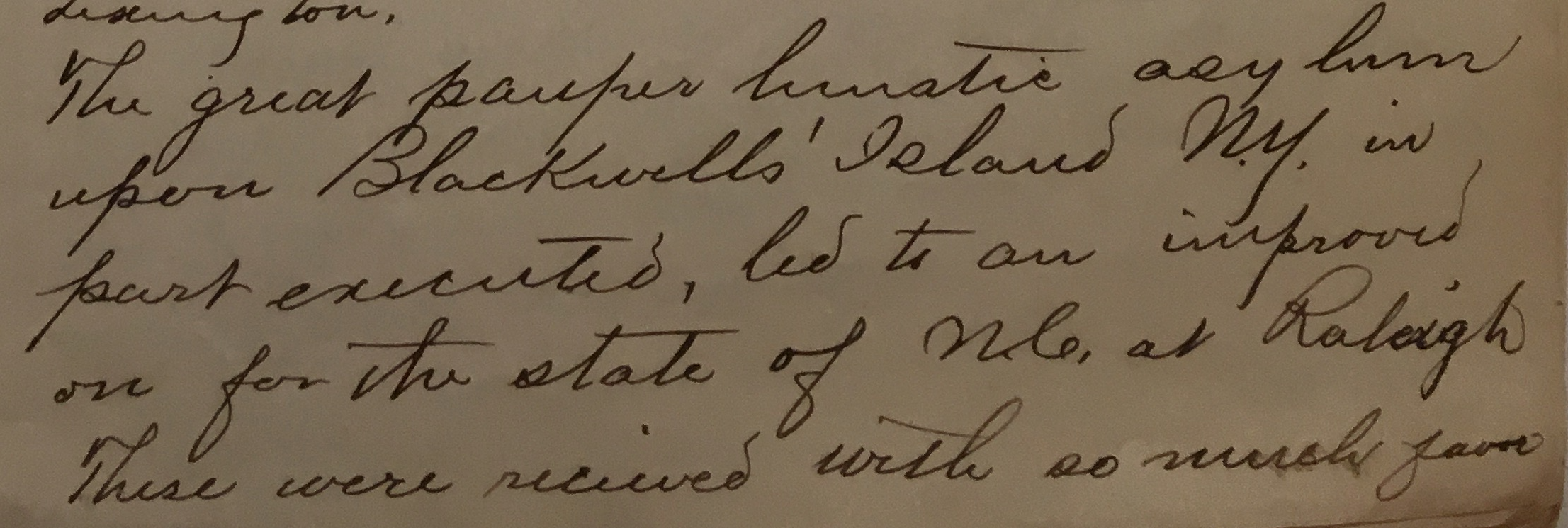Another useful humanistic framework for analyzing not only the examination/interview performance and text in question but the practice of medicine and psychiatry in general is that of discourse analysis. Discourse is understood here as systems of belief, knowledge, thought, and expression within which meaning is produced through practice. Every article in History of Psychiatry presumes and activates a discourse shared by the authors of the article, the journal editors and reviewers of the manuscript upon which the article is based, and the intended reader of the article. Discourse analysis is not so much concerned with the validity of knowledge claims as it is with the domains within which meaning and relevance are produced. Shaw and Bailey in their article “Discourse Analysis: What Is It and Why Is It Relevant to Family Practice” (Family Practice 26 (2009): 413-419) provide examples of the ways in which discourse analysis has been used in family practice: miscommunication between doctors and patients with limited English; how health professionals talk about electro-convulsive therapy; and the role of “positive thinking” in women’s conversations about cancer, among them. Discourse analysis underscores the contextual nature of language and expression, the power relations upon which discourses depend, and the “constructedness” of social reality—all of which are particularly relevant to any historical (or contemporary, for that matter) understanding of psychiatry.
Charon uses discourse analysis to argue that contrary to the notion that diagnostic interviews between doctors and patients are exercises in “partnership and collaboration,” they more typically represent the collision of fundamentally different linguistic traditions and positions of power and authority. Medical professionals “think” in the categories of anatomy, normality, causation, diagnosis, and prognosis that are legible and relevant to other health professionals trained within the same traditions of medical knowledge. In these interactions doctors use language, as she puts it, to contain, control, and enclose.
Patients, on the other hand, use language to express “multiple levels of knowledge: thoughts, feelings, descriptions, associations, metaphors, guesses about causality, and reports of their own behavior in trying to manage the problem.” (Charon, p. 116) They might think about their bodies and symptoms in ways that make sense to them but that are, to the doctor, “unbounded by biological plausibility.” In telling their own stories, patients tend to be expansive and associative. In listening to those stories doctors organize and simplify. Charon notes cultural theorist Roland Barthes’s observation that the doctor’s goal in a patient interview is to transform a symptom into a sign. (Charon, p. 117).
To return to the language of literary criticism, the first-person narratives that patients tells their doctors are oral texts that are necessarily antecedent to the doctor’s interpretation and recording in the case notes—what Charon calls the gloss of the text. However, the power relations involved in the interview are asymmetrical: it is the doctor’s gloss that becomes the authoritative version of the text.
In the case of the examination texts, we can see that the power relations are existentially asymmetrical. Patient stories are coerced and their telling conditioned by the questioning of the doctors; they are what we might call enforced narratives. In this sense, the situation is akin to a criminal interrogation, but one in which the verdict has already been rendered: insane. The doctors speak from an unassailable position of power; the superintendent alone can determine whether and how long the patient remains an inmate.
In the examination texts we do find instances of individuals who deflect the doctors’ questions or refuse to answer. Some use the examination to complain about their treatment; many others express their desire to go home to their families. In one case (that of Josie Doub) the examination takes place at the behest of the patient, who had been an inmate for more than six years. Her impassioned plea for release is one of the longest and richest texts we have. She was, in fact, released a few months later.
Mrs. Jones engages with the doctors’ questions and in some instances attempts to recast them. Asked “Is there anything the matter with you?” she responds “Well, do you want to know?” “Do you want me to tell you what I was brought here for?” And “Do you mean you want me to tell just how I feel?”
